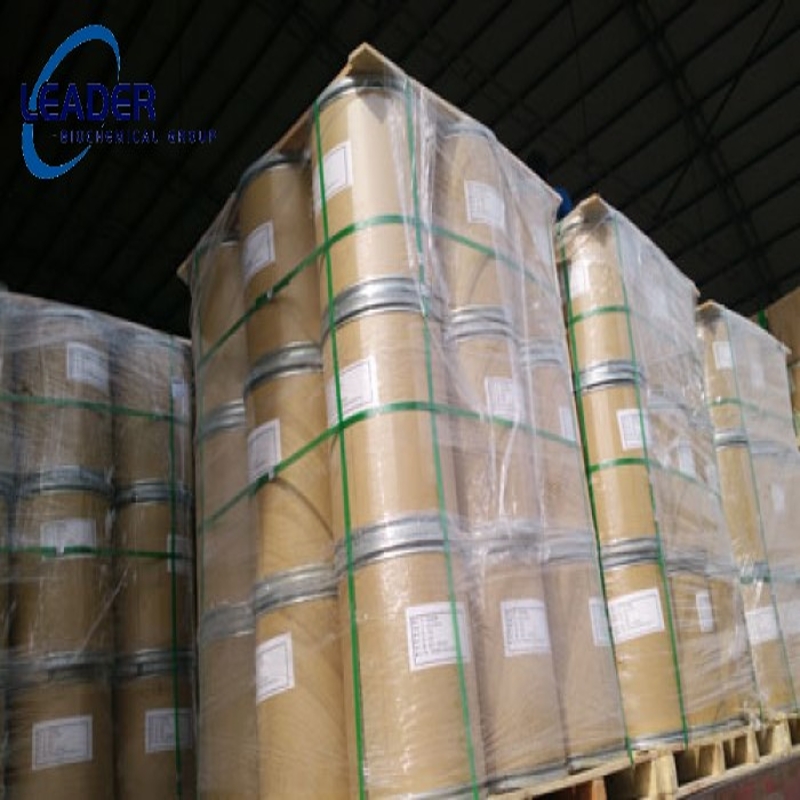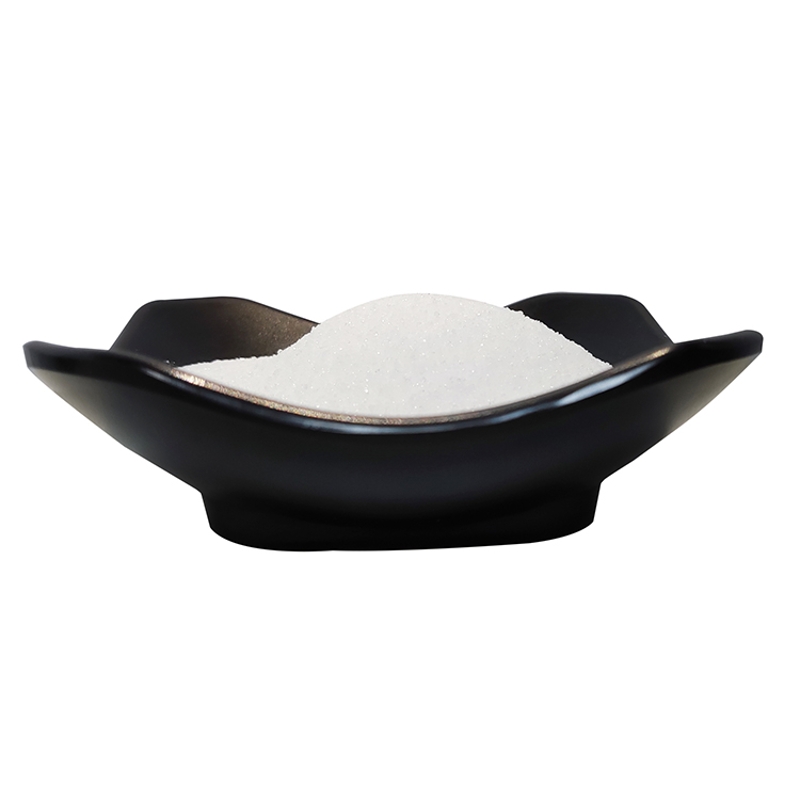-
Categories
-
Pharmaceutical Intermediates
-
Active Pharmaceutical Ingredients
-
Food Additives
- Industrial Coatings
- Agrochemicals
- Dyes and Pigments
- Surfactant
- Flavors and Fragrances
- Chemical Reagents
- Catalyst and Auxiliary
- Natural Products
- Inorganic Chemistry
-
Organic Chemistry
-
Biochemical Engineering
- Analytical Chemistry
-
Cosmetic Ingredient
- Water Treatment Chemical
-
Pharmaceutical Intermediates
Promotion
ECHEMI Mall
Wholesale
Weekly Price
Exhibition
News
-
Trade Service
Professor Fan Zhihong, China Agricultural University
Some time ago, the food safety of soy sauce has attracted much attention, which has triggered people's thinking and learning
about the type, content and additives of soy sauce.
"Chai, rice, oil, salt, sauce and vinegar tea" is also a necessary condiment for daily cooking, and vinegar cannot be ignored
.
How to choose vinegar? What are the key indicators of vinegar to refer to? Let's explain
them one by one.
The principle of vinegar making
The principle of using grain to make vinegar is to first steam the grain, inoculate mixed bacteria (koji), use a variety of amylase secreted by microorganisms, turn the starch in the grain into sugar (saccharification), and then make sugar into alcohol (ethanol) by yeast anaerobic fermentation, and then the alcohol into acetic acid by acetic acid
bacteria.
In theory, the process of making vinegar is longer and the labor consumption is greater
.
Grains, wheat, rice, potatoes, corn, etc.
are all raw materials
for making vinegar.
The raw materials for vinegar making are relatively diverse, and each place has its own characteristic vinegar
.
The north traditionally produces a variety of small grains, such as sorghum, millet, buckwheat, barley, etc.
can become the main raw materials for vinegar production, and some products will also add some starchy beans, and the rich taste of aged vinegar is a model
of multigrain vinegar.
There is more wheat in the Central Plains, so wheat has become the main raw material
for vinegar making.
Jiangnan is rich in rice, mainly using glutinous rice and rice to make vinegar, and the soft and sweet glutinous rice balsamic vinegar belongs to this category
.
Rice is cultivated in the area of Beijing and Tianjin, and rice vinegar made from rice is also popular
.
In addition, starchy raw materials such as potatoes, sweet potatoes, and corn can also be used to make vinegar
.
Bran is often added when making vinegar, which is also beneficial when added in moderation
.
Because bran contains a large number of B vitamins and minerals, it is conducive to promoting the growth of vinegar microorganisms and improving the content
of micronutrients in vinegar.
Fruit vinegar is made with fruits or dried fruits, such as apple cider vinegar, grape vinegar, persimmon vinegar, date vinegar, etc
.
Fruits and dried fruits are rich in sugar, which can eliminate the step
of starch saccharification.
At the same time, fruit vinegar increases other organic acids such as citric acid, malic acid, tartaric acid and other organic acids contained in fruits, and the sour taste is different from food vinegar, and fruit vinegar brings the aroma of some fruits, which is delicious
.
There are also vinegars that are made
partially or wholly with alcohol.
Using low-grade liquor or edible alcohol as raw materials can eliminate the two steps of saccharification and alcoholic fermentation, and speed up the time of vinegar making, which can generally be completed
in two or three days.
The vinegar produced in this way has not undergone a complex fermentation process in the early stage, and there is no "browning" caused by the Maillard reaction, so the color is very light and the acetic acid content can be very high
.
White vinegar bought on the market is often made directly from alcohol, or a small amount of rice is made with alcohol
.
Add a variety of ingredients
In the process of making vinegar, B vitamins and minerals such as calcium, iron, and zinc in grain can be in
vinegar.
This is because most B vitamins prefer acidic environments, such as vitamin B1 and vitamin B2, which are acid-loving and alkali-loving substances
.
At the same time, grain contains insoluble calcium, iron, zinc compounds, a large part of which will be dissociated into ions in acetic acid and dissolved in vinegar
.
There are also a variety of polyphenolic antioxidants contained in grains, which can be maintained in vinegar for a long time
.
What are the ingredients added to vinegar?
In addition to the vinegar raw materials mentioned above, vinegar often adds some non-essential ingredients
.
To make the sour taste less pungent, small amounts of sugar, syrup, or sweeteners are often added to make the taste softer and richer
.
Especially the balsamic vinegar that southerners love to eat, the sweetness of which is relatively strong, is because a lot of white sugar
is added.
Of course, vinegar is not a drink in large cups, and even if you add some sugar, you don't have to worry about consuming a lot of sugar because of it
.
Salt is also needed to be added during the brewing process, and in addition to seasoning, it also has the effect of regulating the
effect of microbial fermentation.
Don't worry about excessive sodium intake due to two spoonfuls of vinegar
.
On the contrary, adding vinegar can make dishes with less salt taste more vivid and can help people reduce salt
.
In order to make vinegar tastier, some vinegar products also add fresheners, such as sodium glutamate (monosodium glutamate), etc
.
In fact, at the acidity of vinegar, sodium glutamate does not exert its maximum umami effect
.
However, after using vinegar to make a sauce or mixing cold vegetables, acetic acid is diluted, and the acidity of the dish may be in the slightly acidic range, at which time sodium glutamate can fully utilize the umami taste
.
Products where the concentration of acetic acid can not reach sufficient bacteriostasis at room temperature need to add a small amount of preservatives licensed in China, such as potassium sorbate, sodium benzoate, sodium dehydroacetate, etc.
, the same
as soy sauce.
In addition, some other condiments that do not have enough oil and salt added often add these preservatives
.
Products with acetic acid content of 6%, or products with a lot of salt added, do not need to add preservatives
.
There are also vinegars that add other flavor ingredients to make dumpling vinegar with garlic, ginger vinegar with ginger, seafood vinegar with ginger, cooking wine and seafood seasoning
.
Identify and select products
Consumers should pay attention to the following points
when selecting and identifying products.
Pay attention to see what type of vinegar it is, if you want to taste softer and sweeter, you can choose balsamic vinegar made of glutinous rice; If you want a rich taste, you can choose aged vinegar; If you want a refreshing taste, you can choose rice vinegar
.
People can choose
according to their personal tastes.
The people of Beijing and Tianjin like rice vinegar dipped in dumplings, Shanxi people like aged vinegar, and those in the Yangtze River Delta prefer balsamic vinegar
.
There is bran vinegar in Shaanxi, red vinegar in Fujian, and famous products
recognized by residents everywhere.
When cooking, some dishes must be made with specific vinegar
.
West Lake vinegar fish is delicious with balsamic vinegar, sour and hot soup is flavorful with aged vinegar, and white vinegar is refreshing with shredded lettuce and purple cabbage
.
Some Western food must use grape vinegar or apple cider vinegar to feel authentic, exotic
.
There is no direct comparison of quality between different types of
vinegar.
The quality
can only be compared between different products of one vinegar.
In terms of nutritional value, aged vinegar contains minerals such as calcium, iron, B vitamins and antioxidants, because it concentrates the micronutrients in grains
.
Pay attention to the indicator of "total acidity", the total acidity needs to reach more than 3.
5%, the higher the acidity, the better
the quality.
Vinegar is acidic because it contains acetic acid, as well as small amounts of other organic acids
.
These acids can dissociate hydrogen ions, making the human tongue feel a sour taste
.
According to China's regulations, the total acidity of vinegar products must reach more than 3.
5% before they can be sold
as qualified products.
In general, in addition to white vinegar, the higher the acidity of the vinegar in the same category, the better the quality will be, because it means that the product has a high concentration of flavor components or has been aged
.
Pay attention to whether it has been aged and how long
it has been aged.
After brewing vinegar sauce and vinegar juice, it is also necessary to go through a long-term aging process, so that the water in it slowly evaporates, volatilizing a part of the pungent smell of acetic acid, and various non-volatile organic acids in vinegar, as well as sugar and amino acids are constantly "concentrated", the product formed is aged vinegar
.
After the vinegar is aged, the acidity gradually increases
.
When the total acidity exceeds 6%, it can be stored
at room temperature for a long time.
The longer the aging years, the more concentrated the umami and sweet substances in it, the less pungent acetic acid taste, the richer the composition of organic acids, and the longer
the aftertaste of vinegar.
Ageing not only takes months of adulthood, but is also a process
that takes up space and labor, and is constantly decreasing in volume and weight.
Therefore, for the same type and brand of vinegar, the longer the aging time, the higher
the price of vinegar.
Generally speaking, vinegar aged for 3-6 years has been able to achieve good edible quality
.
As for whether it is "zero addition", whether it is "sucrose-free", whether it is "gluten-free" and so on, you don't have to care too much
.
After all, vinegar is a condiment, and under the premise of qualified safety, the better its flavor, the greater the significance of buying it
.
It should be noted that the products now called "vinegar" are brewed vinegar
.
Therefore, consumers do not have to identify whether a brown vinegar is made by fermentation or made with glacial acetic acid + caramel pigment + salt + sugar
.
China Food News(November 24, 2022, Version 06)
(Responsible editor: Zhu Meiqiao)







